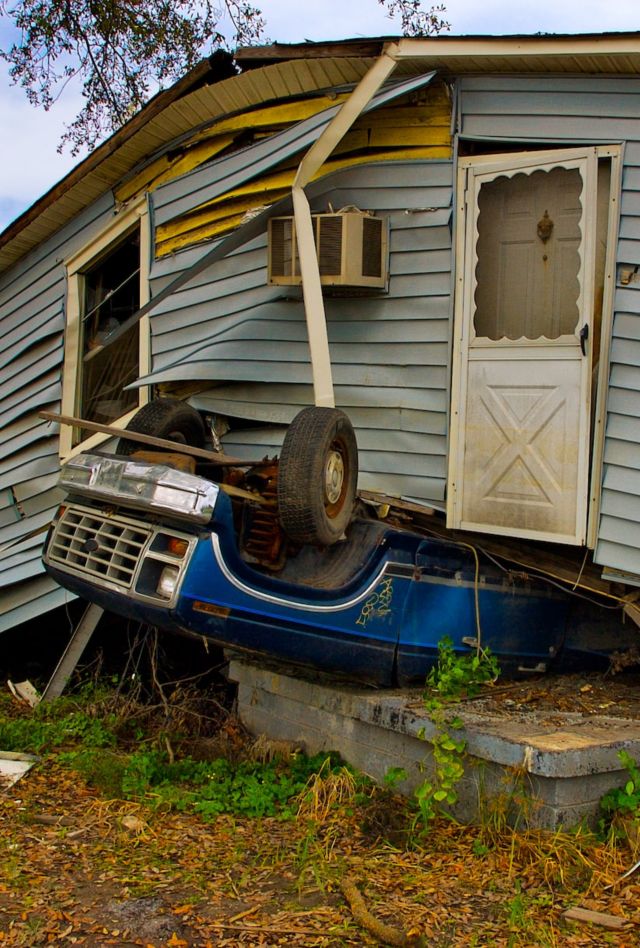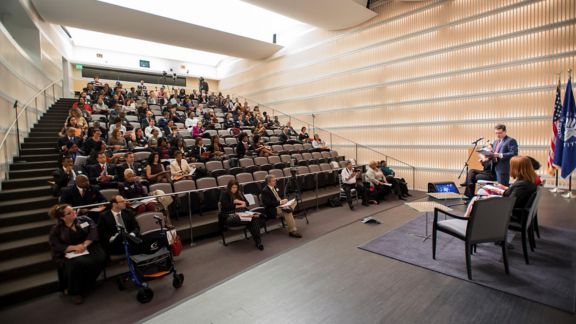Improving Death Reporting Practices After Disasters

Challenge
Inconsistent death reporting practices lead to inaccurate counting of disaster-related deaths.
Understanding how and why people die as a result of a natural or human induced disasters is critical to gauge the scope of a disaster, stand up an effective response, and determine future disaster preparedness needs. Many different agencies and practitioners – medical examiners and coroners, medicolegal death investigators, and public health officials – have a role in collecting and reporting mortality data. Inconsistencies in how data are collected and reported result in underreporting of disaster-related deaths. In recent years, the Centers for Disease Control and Prevention (CDC) has developed guidance and trainings for these practitioners to improve consistency in the way that disaster mortality data is collected and reported.
Solution
NORC is conducting research to inform the development of new resources to improve death reporting practices.
NORC has conducted mixed-methods research to understand the effectiveness of existing trainings and assess current knowledge of existing death certification guidance to inform the development of new tools, trainings, and reference materials for medical examiners, coroners, and death investigators. We have also conducted research to inform the development of tools for public health professionals to improve tracking, reporting, and estimating disaster-related deaths. Throughout the project, we consult with experts across these disciplines to ensure the resources are relevant and useful for their work.
Result
New tools and trainings will help practitioners improve their reporting processes and practices.
NORC is developing new tools, trainings, and reference materials tailored to a wide variety of audiences: medical examiners, coroners, death investigators, and public health professionals. These products translate CDC guidance into accessible formats so all practitioners involved in the process can implement best practices for collecting evidence, determining cause and manner of death, as well as identify, track, and report disaster-related deaths.
Project Director
Related Tags
Project Leads
-
Sarah Davis Redman
Principal Research ScientistProject Director -
Kate Fromknecht
Senior Research DirectorProject Manager -
Megan Heffernan
Senior Research ScientistSenior Staff











